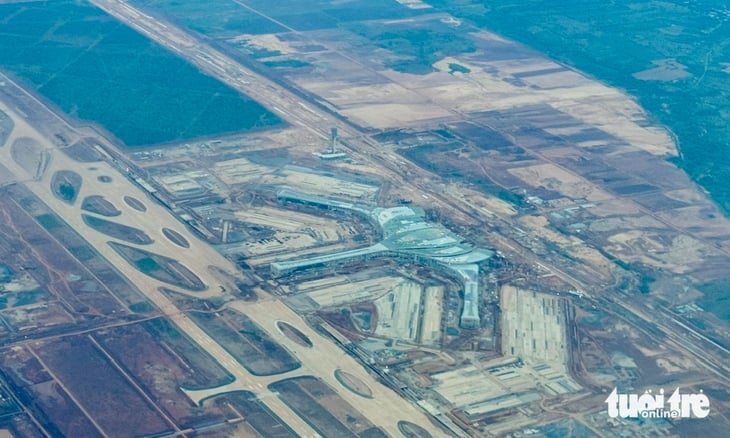
Long Thanh Airport is accelerating to welcome its first commercial flight in 2026 - Photo: BONG MAI
Vietnam is undertaking a comprehensive reform of both the public and private sectors to boost GDP growth. One of the tangible results of this effort is that public investment disbursement increased by more than 40% in the first half of 2025, according to data from the Ministry of Finance .
Billion dollar project accelerates disbursement
After a decline in 2024, public investment disbursement rebounded from the second quarter of 2025, thanks to two key factors: a clearer awareness of the importance of public investment and the push for decentralization to local governments. The goal is to shorten the process and improve the efficiency of implementing key projects.

Mr. Michael Kokalari - Photo: TL
In particular, the disbursement rate at the provincial level increased by more than 40% compared to the same period last year. Many localities merged administrative units, shortening the approval process and speeding up investment progress.
Along with that, the National Assembly has passed many new regulations allowing local authorities to be more proactive in approving large-scale projects.
For example, airports or urban areas over 50 hectares, projects previously had to be submitted to the Prime Minister for consideration. Procedures are also being significantly streamlined at both the central and local levels, especially for projects that have completed their documents and are “ready to deploy”.
Mr. Michael Kokalari - an expert from VinaCapital - also recognized that a typical reform step is the merger of 63 provincial state treasuries into 20 regional units, while eliminating the district level. Reducing focal points, at the same time allowing contractors to submit disbursement documents online, shortening processing time from several weeks to only 1-3 days.
The government is promoting the public-private partnership (PPP) model, not only in traditional projects (roads, bridges, tunnels, etc.) but also expanding to high-tech infrastructure such as data centers. Projects that were once stalled, such as build-transfer (BT), are also being restarted.
Notably, national-scale projects are also being accelerated. The start and completion time of several major projects such as Long Thanh airport (13 billion USD), Hanoi and Ho Chi Minh City beltway (13 billion USD), and Lao Cai - Hanoi - Hai Phong railway (8.4 billion USD) has been shortened by three years.
Promoting the private sector, what impact does it have on large businesses?
Mr. Michael Kokalari cited that the Government is adjusting some important laws related to infrastructure investment to pave the way for the private sector to participate more deeply in projects.
The investment fund believes that Vietnam is currently in a favorable financial position: public debt is below 40% of GDP, the budget surplus for the first 5 months of 2025 is over 5% of GDP, and there is still more than 45 billion USD undisbursed specifically for infrastructure projects.
The biggest obstacle in the past was administrative and legal procedures, which are now being gradually removed through reform initiatives that have been and are being implemented.
According to VinaCapital, the increasing flow of infrastructure investment capital is creating clear opportunities for many groups of businesses listed on the stock market.
In the BOT (build-operate-transfer) and BT (build-transfer) sectors, enterprises such as Cuong Thuan IDICO Development Investment (CTI), Ho Chi Minh City Technical Infrastructure (CII), Deo Ca Transport Infrastructure Investment (HHV) have good profits, although they still face challenges in terms of large capital and policy sensitivity.
The group of contractors including Construction Development Investment (DPG), Vinaconex Corporation (VCG), FECON (FCN), Cienco4 (C4G), Coteccons (CTD) has strong cash flow, less dependent on policies but low profit margins.
In the construction materials industry, enterprises such as Hoa Phat (HPG - steel), Hoa An (DHA), VLB, Binh Duong Minerals and Construction (KSB - stone), Ha Tien 1 Cement (HT1) benefit from public investment policies, although they still bear risks of project progress and stable selling prices.
In addition, infrastructure operating groups such as technology - telecommunications ELCOM (ELC) and HHV have stable cash flow, but slow growth.
Notably, Hoa Phat (HPG) stands out as a steel manufacturer for projects prioritized by the Government for development under Resolution 172 (investment policy for high-speed railway projects on the North-South axis).
Source: https://tuoitre.vn/hang-loat-du-an-ti-do-chuyen-minh-von-bom-manh-cong-truong-hoi-ha-20250708195851125.htm



![[Photo] Many people eagerly await the preliminary review despite heavy rain](https://vphoto.vietnam.vn/thumb/1200x675/vietnam/resource/IMAGE/2025/8/27/4dc782c65c1244b196890448bafa9b69)



![[Photo] Panorama of the 29th Congress of the Party Committee of Nhan Dan Newspaper](https://vphoto.vietnam.vn/thumb/1200x675/vietnam/resource/IMAGE/2025/8/27/aa31210f7e2b47de948b2b60dde20aff)



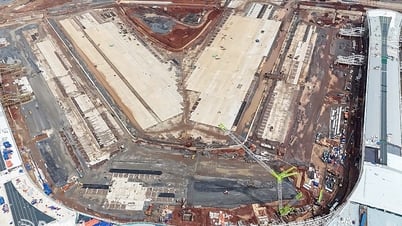


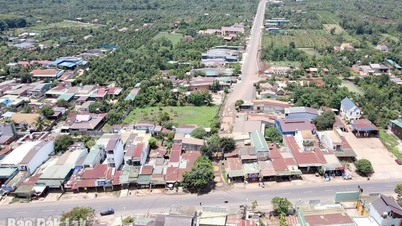

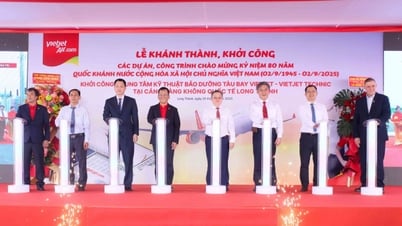

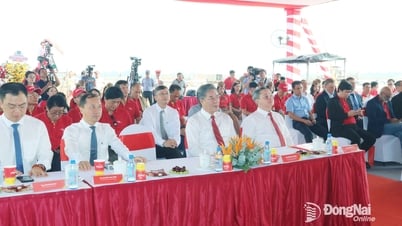


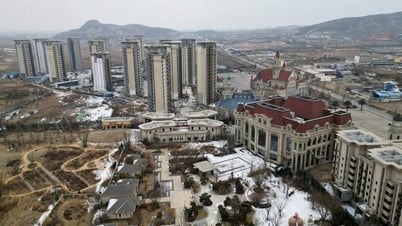










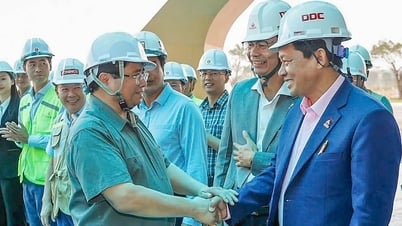




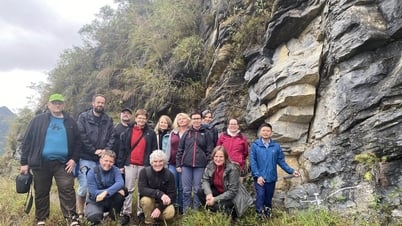

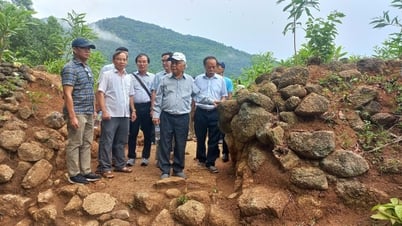

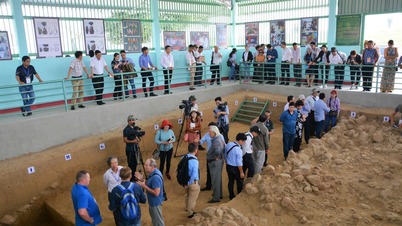

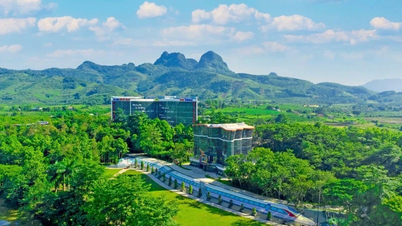


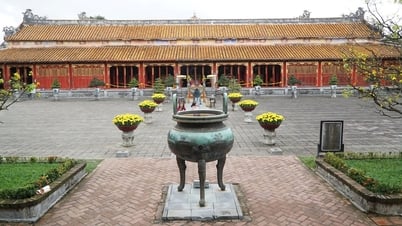













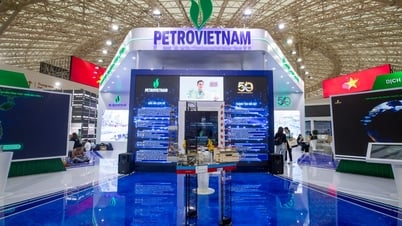

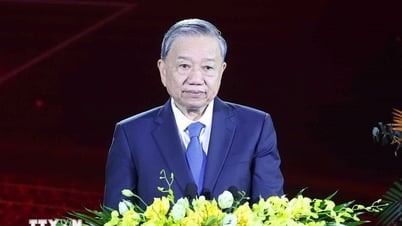


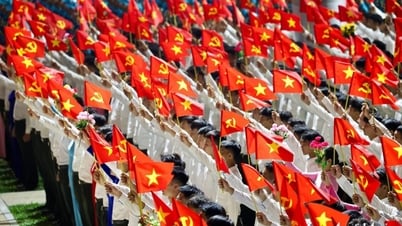



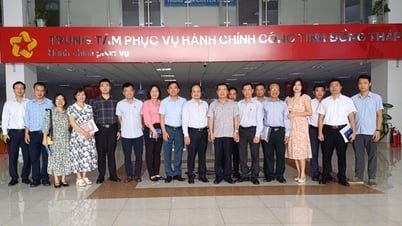

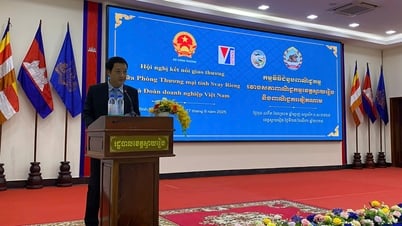

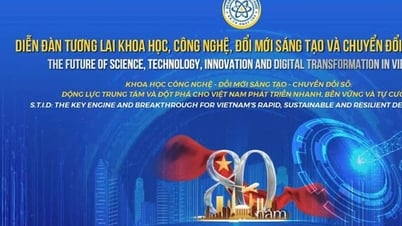


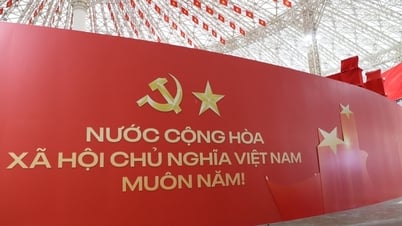











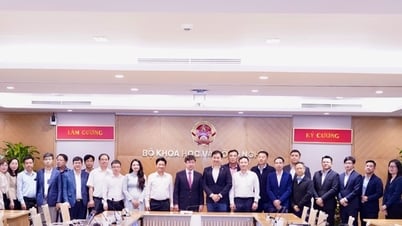














Comment (0)